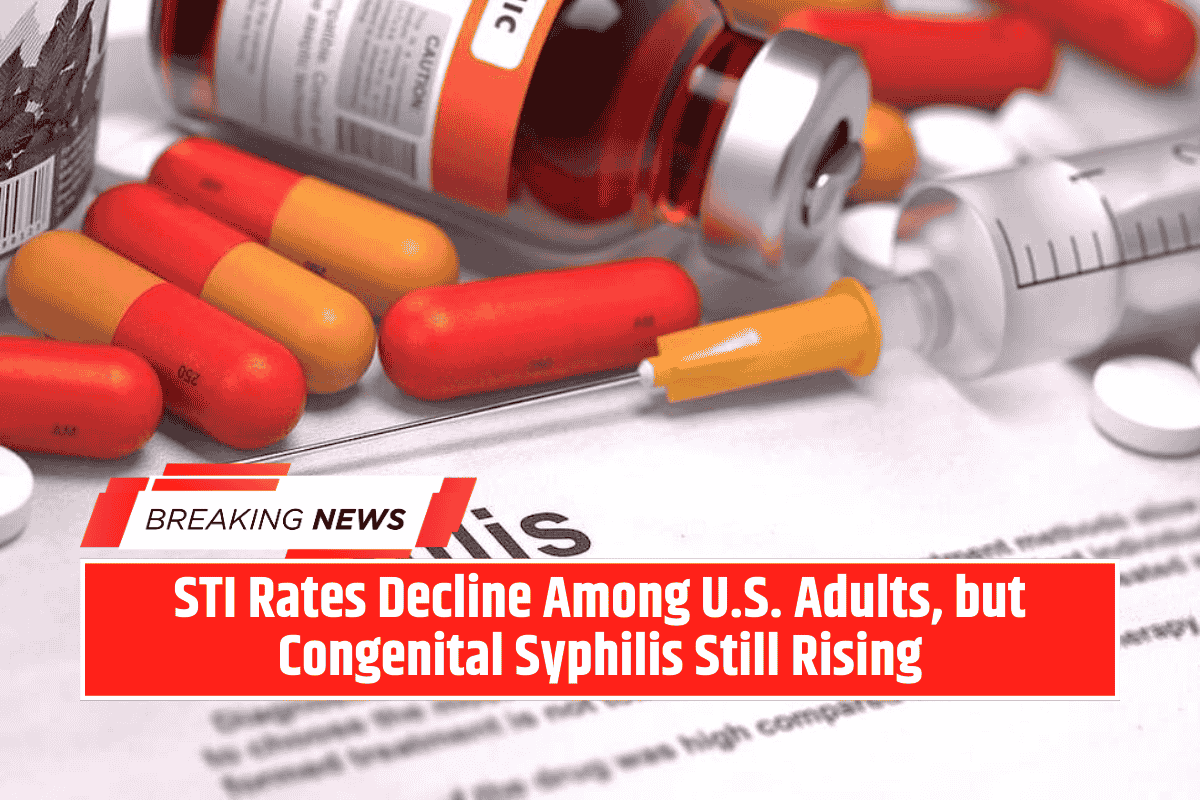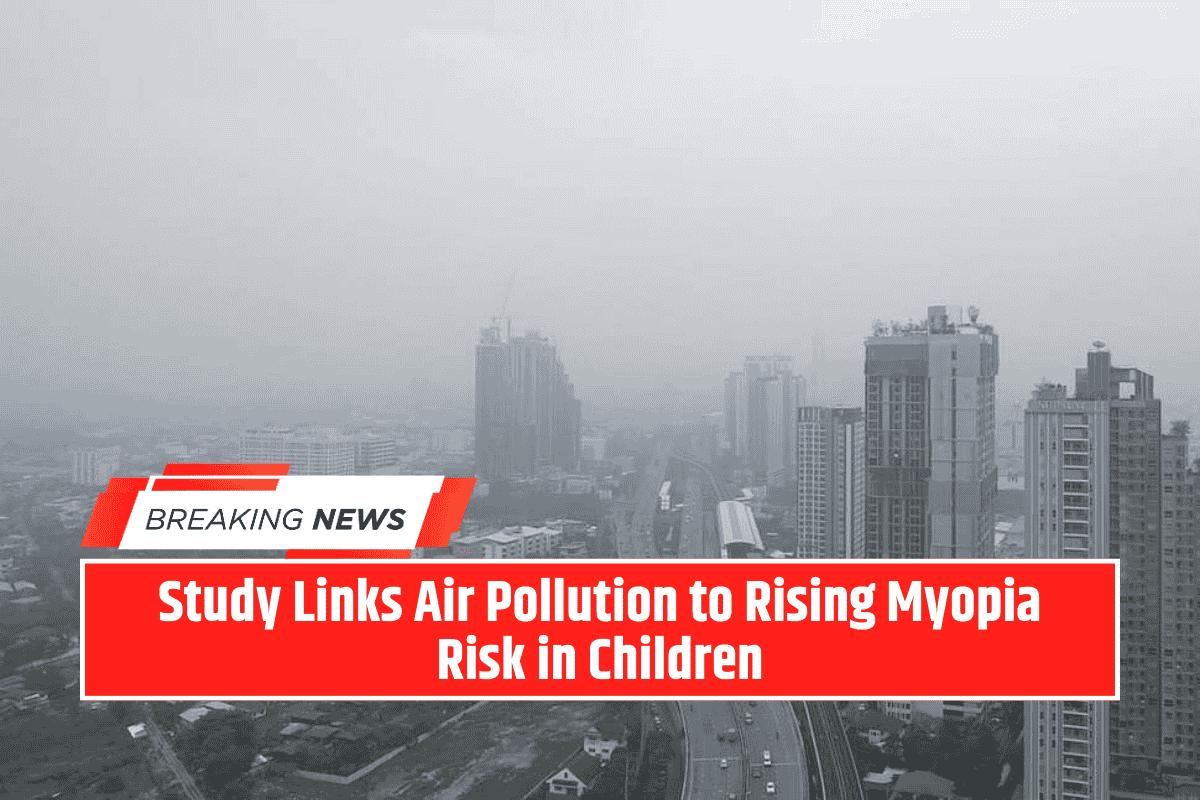The American College of Obstetricians and Gynecologists (ACOG) has issued new recommendations advising people to abstain from cannabis use during pregnancy and lactation.
This new guidance comes in response to increasing cannabis use among pregnant people in the United States, especially amid broadening legalization and growing social acceptance.
ACOG’s guidance aims to provide evidence-based recommendations for counseling, screening, and reducing cannabis use to protect both mothers and babies.
Rising Cannabis Use Among Pregnant People
Cannabis use has significantly increased among pregnant individuals in the U.S., with a 2019 study showing that cannabis use more than doubled from 2002 to 2017.
The study, which analyzed over 450,000 pregnant American women ages 12 to 44, highlighted a worrying trend amid a backdrop of social normalization and broadening legalization.
Dr. Amy Valent, an ob/gyn from Oregon Health & Science University and a key developer of the new guidance, noted that while cannabis use has been historically widespread, there are risks that are not yet fully understood.
The absence of birth defects associated with cannabis does not necessarily mean it is safe for pregnancy, she said.
Lack of Data on Cannabis Safety During Pregnancy
The ACOG guidance highlights the limited research on the safety of cannabis use during pregnancy and lactation. Despite increased use and social acceptance, there is a “paucity of data” regarding the safety or efficacy of cannabis for pregnant or lactating individuals.
Recent studies have shown that cannabinoid receptors are present in the fetus as early as five weeks, and the psychoactive compound THC can cross the placenta and transfer into breast milk, which poses risks of adverse outcomes.
Potential Risks of Cannabis Exposure
ACOG’s assessment of available research indicates that cannabis exposure during pregnancy is associated with several negative outcomes. These include low birth weight, the need for neonatal intensive care unit (NICU) admission, and perinatal mortality.
There are also concerns about neurodevelopmental consequences, including attention deficit disorders, memory issues, and intellectual disabilities.
Although it’s difficult to quantify the degree of risk associated with cannabis use during pregnancy, the goal of the new guidance is to help reduce these risks by fostering better screening and counseling.
The Role of Screening and Counseling
The new guidance emphasizes the importance of non-judgmental screening and counseling, advising providers to ask all their patients about cannabis use before, during, and after pregnancy.
ACOG encourages the use of validated screening tools, such as interviews or self-reports, rather than biologic tests like urine or hair analysis, which have shown to be biased, especially against racial and ethnic minorities.
Dr. Cara Poland, a faculty member at Michigan State University, stresses the importance of making the conversation supportive and nonjudgmental. Many patients may not realize the potential risks cannabis poses to pregnancy, so opening the discussion with sensitivity can help raise awareness and potentially influence behavior.
Drug Testing ‘Strongly Discouraged’
The new guidance specifically advises against the use of biologic testing, such as hair or urine tests, for cannabis use during pregnancy. These tests have been linked to biased treatment, particularly for racial and ethnic minorities, and can create inequitable healthcare practices.
Instead, ACOG recommends a universal screening approach based on interviews or self-reporting to facilitate earlier intervention.
Supporting Patients Through Communication
ACOG’s new guidance also encourages healthcare providers to have more open conversations with patients about the potential risks of cannabis use and to explore other ways of managing pregnancy-related symptoms.
Many patients use cannabis to alleviate nausea or relieve stress and anxiety, and better communication about these underlying symptoms can help curb cannabis use.
Dr. Valent notes that understanding each patient’s specific needs and concerns allows for more personalized care. Sometimes, cannabis use can even be the root cause of nausea, and non-cannabis-based solutions, such as dietary changes or medications, may be more effective.
By encouraging open dialogue and offering clear, evidence-based guidance, ACOG aims to help reduce the risks associated with cannabis use during pregnancy and lactation.
The new recommendations seek to provide comprehensive care through screening, counseling, and individualized care plans tailored to each patient’s needs.









